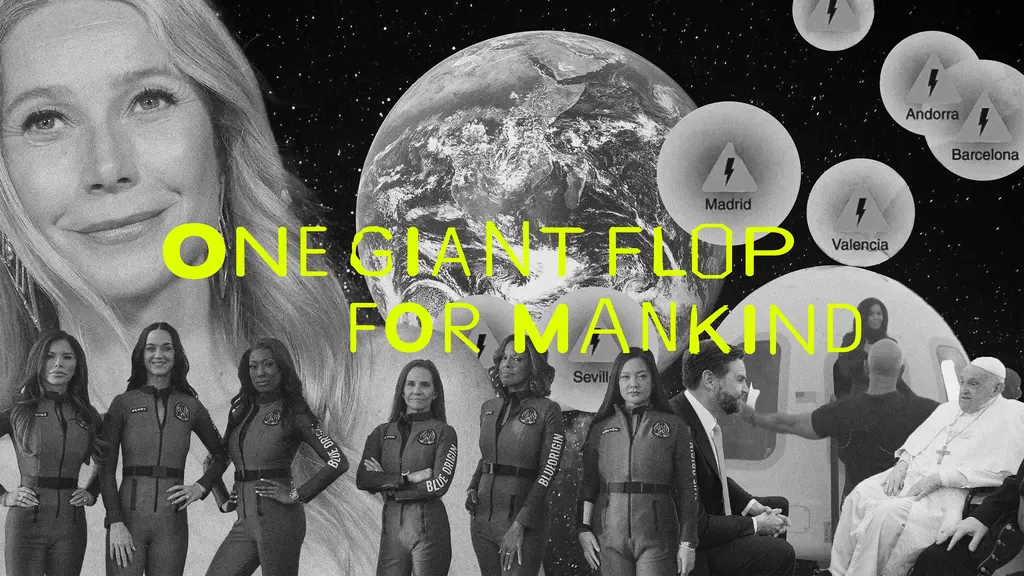Photographers reveal the mysterious world of tax havens
- Text by Paolo Woods
- Photography by Paolo Woods, Gabriele Galimberti / INSTITUTE

“Haiti is the poorest country in the Americas and one of the poorest in the world. I had been living there for four years when my long-time friend Gabriele Galimberti came to visit in 2012. He’d just had a really good year as a photographer but was amazed when the Italian government took over fifty per cent of his earnings. As we were in the Caribbean, he joked about moving to the Cayman Islands, just across the water, to hide his money. We realised we didn’t know anything about tax havens except the usual clichés – we had no idea how they worked. Can you just hide your money there as an average Joe? We started becoming curious.
“The general public have an impression that tax havens do illegal things, but that’s not the case. A lot of what happens can be illegal, but the vast majority is absolutely legal. It might not be moral but it is legal. This is at the heart of the way a globalised economy works. We’re all involved. You’re involved when you buy something at Ikea or Amazon, I’m involved when I open a Swiss bank account, or whatever.
“We wanted to understand how the tax haven system works, who the central people are. Nicholas Shaxson’s Treasure Islands was an invaluable resource to get us started and we’re proud to have collaborated with him on our book. Getting access to these places has been extremely difficult. You’re not dealing with gangsters or mafia kingpins like some people imagine – they’re perfectly legal business people – but they’re very conscious of the bad press the “tax optimisation industry” has received. It’s a system put in place by large multinationals for their own interests, but activists have argued it favours illegal operations, corrupt dictators and organised crime because it’s so opaque – it operates without transparency.

British Virgin Islands Finance Secretary Mr. Neil M. Smith in his office. There are more then 800,000 companies based in the BVIs but only 28,000 inhabitants.
“As a photographer, I’m really interested in trying to represent things that aren’t easily visible. Three months after Gabriele’s joke in Haiti we made our first research trip to George Town in the Cayman Islands, but we didn’t know if there would be anything to photograph. Tax havens are not James Bond kind of places like we imagine. Very often they’re extremely boring and banal – grey offices with nothing really happening. Translating that into images can be difficult, so having four eyes working was much better than two. Each photograph was a collective decision.
“We decided early on not to work in the language of classic humanistic photo-reportage. Instead, the glossy brochures of the financial industry were our main reference and the book is structured like a company’s annual report. We showed the world as they wanted it to be shown – shiny, beautiful, smiley, wealthy – but we tried to add another layer of meaning. We also opened a company, The Heavens LLC, in Delaware. It’s based in the same mailbox office as Apple, Bank of America, Coca-Cola, General Electric, Google, and 285,000 other companies.

The Cayman Islands has twice as many companies based there as there are citizens. Many companies have a post office box but no office.
“Years ago when you went into a car factory, you knew they were producing cars there. Now, when I go into offices where thousands of people work for a financial institution, it’s complicated to understand what they’re actually producing. There is no physical money. It passes through the British Virgin Islands, the Caymans and Bermuda, but it doesn’t stop there. Humour is useful to highlight the absurdities of the system and the book is a testimony to this world and the way it works.
“One time, we were in Singapore Freeport – where enormous private fortunes are sealed away. Through legal means you can put whatever you want there and you don’t have to declare it. We were three floors underground in this hyper-secure building overflowing with billions of dollars – gold, diamonds – and one of the managers told us, “There’s more art in this place than the Uffizi museum.” These underground windowless chambers, filled with works of art from Van Gogh and Caravaggio that nobody ever sees, is a good metaphor for how opaque and secret the whole tax haven system is.

Richard J. Geisenberger (standing), Chief Deputy Secretary of State for Delaware, where more than 50% of all US publicly traded companies and 63% of the Fortune 500 are incorporated.
“When The Heavens premiered, the comment we got the most was ‘thank you’, like we had revealed something people didn’t realise was happening. Extraordinary books like Nicholas’ tend to be read only by the converted, but our greatest ambition was to bring other people into the conversation. Photography can be powerful in revealing complex, multi-dimensional issues like tax havens, but it has to be used in imaginative new ways. Too often photography is used in a traditional way, just pointing cameras towards the horrors of the world. That is not the only way photography can bring understanding. Photography should be employed in revealing our world, its challenges and the new ways we interact.”
The Heavens: Annual Report is published by Dewi Lewis. Grab a copy for the reduced price of £35 from the Huck shop.
To find out more, check out TheHeavensLLC.com. Interview by Alex King.
This article originally appeared in Huck 52 – The Documentary Photography Special III. Grab it in the Huck Shop now or Subscribe today to make sure you never miss another issue.
You might like

In Medellín’s alleys and side streets, football’s founding spirit shines
Street Spirit — Granted two weeks of unfettered access, photographer Tom Ringsby captures the warmth and DIY essence of the Colombian city’s grassroots street football scene.
Written by: Isaac Muk

Remembering New York’s ’90s gay scene via its vibrant nightclub flyers
Getting In — After coming out in his 20s, David Kennerley became a fixture on the city’s queer scene, while pocketing invites that he picked up along the way. His latest book dives into his rich archive.
Written by: Miss Rosen

On Alexander Skarsgård’s trousers, The Rehearsal, and the importance of weirdos
Freaks and Finances — In the May edition of our monthly culture newsletter, columnist Emma Garland reflects on the Swedish actor’s Cannes look, Nathan Fielder’s wild ambition, and Jafaican.
Written by: Emma Garland

Why Katy Perry’s space flight was one giant flop for mankind
Galactic girlbossing — In a widely-panned, 11-minute trip to the edge of the earth’s atmosphere, the ‘Women’s World’ singer joined an all-female space crew in an expensive vanity advert for Jeff Bezos’ Blue Origin. Newsletter columnist Emma Garland explains its apocalypse indicating signs.
Written by: Emma Garland

Katie Goh: “I want people to engage with the politics of oranges”
Foreign Fruit — In her new book, the Edinburgh-based writer traces her personal history through the citrus fruit’s global spread, from a village in China to Californian groves. Angela Hui caught up with her to find out more.
Written by: Angela Hui

We are all Mia Khalifa
How humour, therapy and community help Huck's latest cover star control her narrative.
Written by: Alya Mooro